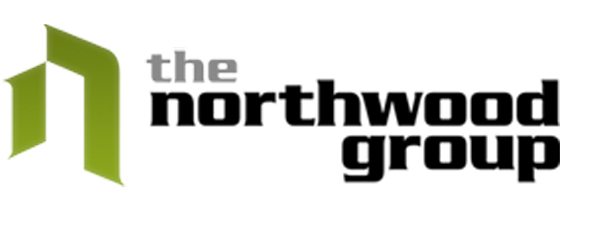August 18

Utah Commercial Real Estate
I was recently reading an article published by The CRE (The Counselors of Real Estate) organization titled The CRE 2016-17 Top Ten Issues Affecting Real Estate. I have great respect for the CRE organization and find their reports very well researched and have delineated how this affects Utah commercial real estate.
The CRE® 2016-17 Top Ten Issues Affecting Real Estate
After reading the article I wanted to add a few bullets related directly to the Utah Commercial Real Estate Investment Market. First I will share their list. Explanations of their top 10 are included in the link to their article above.
- The Changing Global Economy
- Debt Capital Market Retrenchment
- Demographic Shifts
- Densification/Urbanization
- The Political Environment
- Housing Affordability and Credit Constraints
- The Disappearing Middle Class
- Energy
- The Sharing/Virtual Economy
- The Rise of Experiential Retail
With those in mind, let me add a few thoughts specifically related to the Utah Commercial Real Estate Investment Market:
- Water: With the population along the Wasatch Front expected to double over the next 30 to 40 years water is going to become a big issue. Not only does the water supply need to increase but much of the existing infrastructure is aging and in need of replacement. Residents also need to become more “water conscious”. Fortunately, solutions exist and the water districts are working with elected officials to address the costs of these projects well ahead of the need.
- Utah’s Unique Geography: The Wasatch Front is unique in that it is bounded by mountains on the east and the Great Salt Lake on the West limiting the amount of developable ground. In Salt Lake County and surrounding areas there is very little land for growth. This is good news for existing property owners as demand has led to increased values and repurposing of existing buildings. It has also been good news for Davis and Utah Counties which have seen strong job growth as companies have located closer to talent.
- Suburban Cities and Their Views on Land Use: With the changing demographic shifts described in the CRE article, suburban cities have had to re-look at how they view land use. In place of large lot single family development cities have increasingly looked at higher density residential and mixed use projects especially around their downtown areas. This has really helped the commercial development in these areas.
- Lease Rates Relative to Construction Costs: As I have looked at historical lease rate trends I have been really interested by what I’ve found relative to Class B office lease rates. Lease rates have been almost flat for the past 15 years. There have been points where they have increased just prior to a recession but lease rates today are very similar to what they were 15 years ago. Meanwhile construction costs have continued to steadily increase. With the current low vacancy rates I believe that there is pent up lease rate growth in these properties. New Class A projects have been successful at significantly higher lease rates. Demand appears to be outpacing new office development which should bode well for existing office owners.
These are just a few of the issues facing commercial real estate investment in Utah and the market in general. I would love your input on the issues that you feel are relevant. As always, feel free to reach out to discuss.


